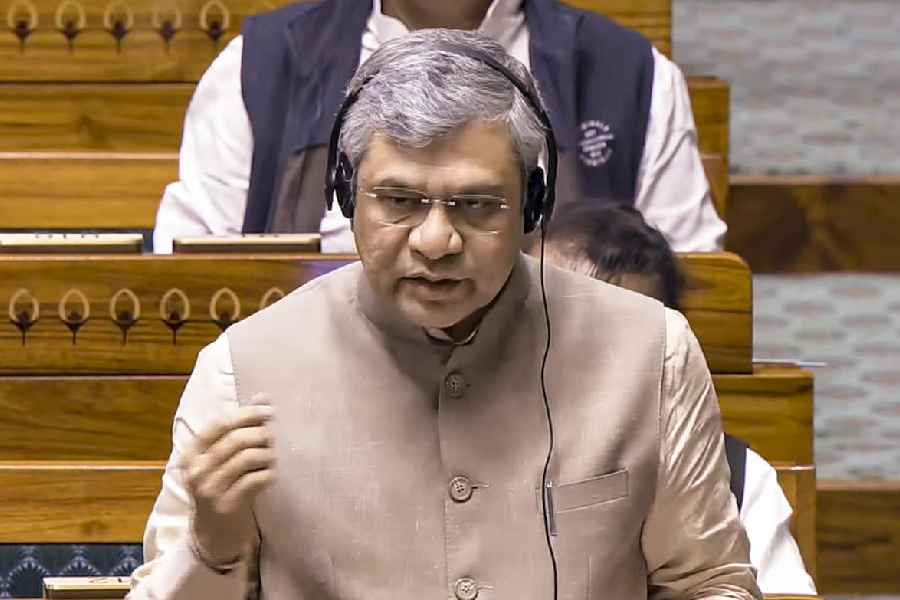
We no longer say it with flowers. Nowadays we say it with emojis. But beware before you send one to somebody younger than you. An innocent fruit or vegetable may take on a whole new meaning and make you cringe.
For the uninitiated, when you are communicating via WhatsApp, or any other messenger for that matter, you can use a small digital image to express your idea or emotions. These are the emoticons and emojis and they are ubiquitous in all electronic media.
Confused? Did you think emoticons and emojis are same? Emoticons is a portmanteau of the "emotion icon" and were suggested by computer scientist Scott Fahlman way back in 1982 to distinguish jokes from serious stuff by using :-) and :-(. On the other hand, NTT DoCoMo, the Japanese firm, created the emoji in the 1990s by contracting e (picture) and Moji meaning character; so literally, pictograph. Originally just typography, emoticons now depict emotions as facial expressions. Emojis show everything in a pictorial form, such as painted nails, lipstick, flowers, family, cars and other stuff.
There are literally hundreds of emojis. How do you get to know them? Enter www.emojipedia.org, the place where you can browse every emoji by name, category or platform. Say, there is that oops! moment due to auto correct when you are sending a message to someone. It can be avoided if the message is accompanied by an emoji. The grimace emoji showing barred teeth can be used for a mistake or unfortunate situation. The confused face is partly displeased, part unsure and can be used to depict a situation or writing that is puzzling or confusing. A thinking face, a face shown with a single finger and thumb resting on the chin, glancing upwards, can be used to indicate thinking or deep thought or it can be used to question a piece of writing. The hugging face, a face displayed with open hands, the two pink love hearts are all much-used emojis.
But watch out. There is a generational difference in the interpretation of the emojis. Take the peach emoji for instance. A breakdown of the contexts of the peach emoji usage in Twitter shows that 27 per cent use it sexually; for 33 per cent it is a butt; four per cent use it as peachy; 13 per cent use it for fitness and only 7 per cent use it as a fruit. This is why Apple has changed the peach emoji to look less like a butt by adding two leaves and a lot of people are not happy about that.
Youngsters are worried that their favourite eggplant emoji will change too. For a majority of young adults of 18 to 24, the eggplant has a sexual connotation. For the older generation, it is a vegetable. In the same way, the fire symbol is often used to let people know that they are hot or good looking, but you may be pulled up for sexual harassment. While the young interpret the water droplets as orgasm, the older generation thinks of it as raindrops. When the fist symbol comes before the water droplets it takes on the meaning of masturbation! What the older generation thinks as a smirk is a flirting face for the young. For the young, the tongue symbol means oral sex. The older people use the tongue symbol when they make a mistake or for tongue in cheek. It may not be okay to write the "ok" symbol. With the pointed finger preceding it, it takes on an entirely different meaning. So, think twice before you press the Send button, especially with a vegetable icon.
Just as the emojis have developed, so has the etiquette around them. Commenting or sending emojis to someone else on social media if you are in a relationship with someone else is now considered a form of infidelity. Emojis have emerged as the fastest growing language in the UK. Last year, the middle finger was named the emoji of the year by the Shorty Awards that honour the best of social media.
Send in your computer-related problems to askdoss@abpmail. com with TechTonic as the subject line











